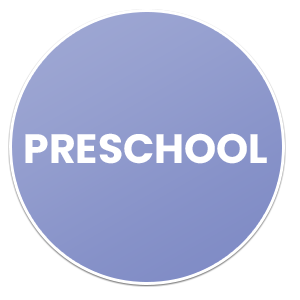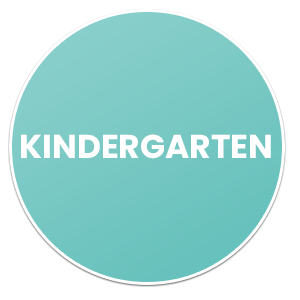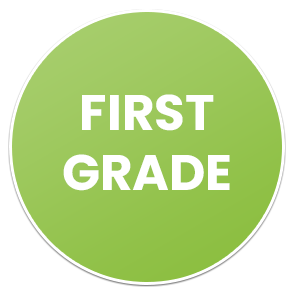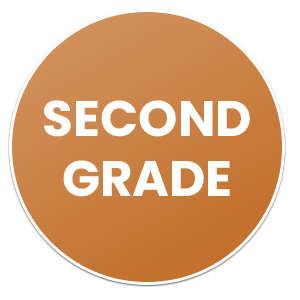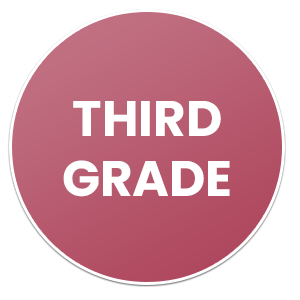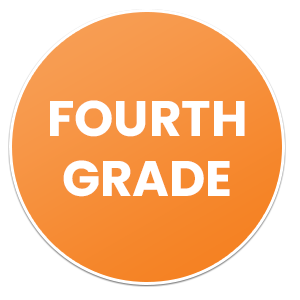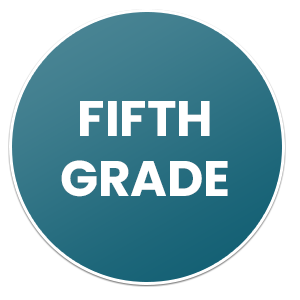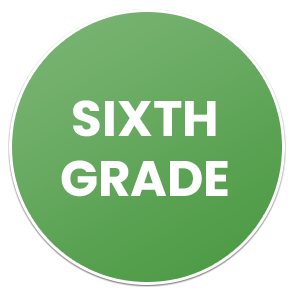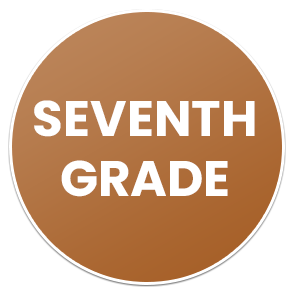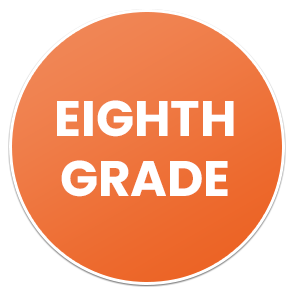How to Teach Second Grade
2nd Grade Homeschool Curriculum
Rather than adhering to a strict grade system, BookShark employs age-based levels to reflect the varying maturity rates of children. This flexible method ensures you can select a homeschool curriculum that suits your child, enabling them to develop at their own comfortable pace. Additionally, BookShark is ideal for use with multiple children of different ages.
Welcome to the ultimate guide on homeschooling your 2nd grader! As a parent, you may be considering taking on the role of teacher for your child’s educational journey. Whether it’s for flexibility, customization, or personal preferences, homeschooling offers a unique and rewarding experience. In this blog post, we will explore everything you need to know about creating an enriching 2nd-grade homeschool curriculum from the comfort of your own home. Let’s dive in and discover how you can make learning fun and impactful for your young scholar!
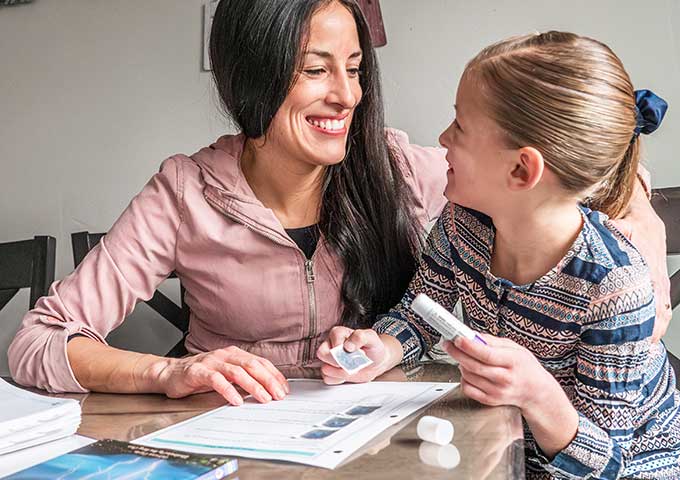
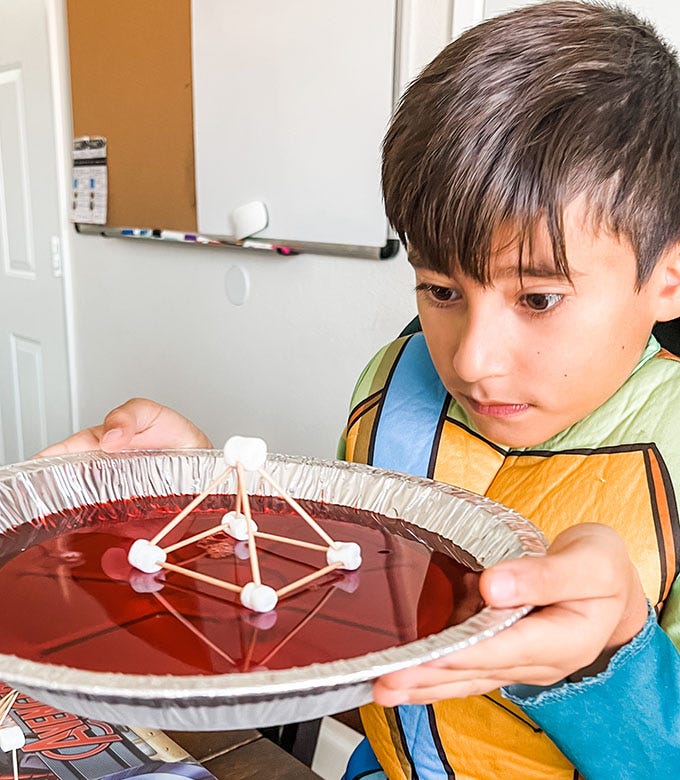
How Old Is a 2nd Grader?
A 2nd grader is typically around 7-8 years old. However, every child develops at their own pace, so it’s important to consider their individual needs and abilities when creating a curriculum.
As a parent diving into the world of homeschooling, understanding your child’s age and grade level is crucial. In general, a 2nd grader is usually around seven to eight years old. However, every child is unique and may develop at their own pace.
At this age, children are typically eager learners, full of curiosity and enthusiasm for exploring new concepts. They are developing more advanced reading skills, mastering basic math operations, and expanding their knowledge in science and social studies.
Second graders thrive on hands-on activities that engage their senses and spark creativity. Incorporating art projects, educational games, outdoor exploration, and interactive lessons can make learning enjoyable for your young student.
Remember that flexibility is key when homeschooling – tailor your curriculum to suit your child’s interests and learning style. Embrace the opportunity to customize their education based on what works best for them!
Why Should I Homeschool My 2nd Grader
Homeschooling your 2nd grader provides a personalized second grade homeschool curriculum learning experience tailored to their specific needs and interests. You have the flexibility to adapt the curriculum to suit your child’s unique learning style, pace, and strengths. This individualized approach can lead to deeper understanding and academic success.
Moreover, homeschooling allows for a more focused environment free from distractions commonly found in traditional classrooms. Your child can receive one-on-one attention, fostering a strong teacher-student bond that enhances their overall educational journey.
By homeschooling, you have the opportunity to instill values and beliefs that are important to your family while also incorporating real-life experiences into daily lessons. This hands-on approach helps children connect what they learn in textbooks with the world around them.
Homeschooling empowers parents to actively participate in their child’s education journey, creating a nurturing and supportive environment where curiosity thrives and love for learning blossoms.
How to Teach a 2nd Grade Homeschool Curriculum
When teaching a 2nd-grade homeschool curriculum, it’s essential to create a structured routine. Establishing a daily schedule helps your child understand what to expect and promotes consistency in their learning environment.
Incorporate hands-on activities and visual aids to make lessons more engaging for your 2nd grader. Utilize educational games, manipulatives, and interactive online resources to keep them interested and excited about learning.
Personalize the 2nd grade homeschool curriculum based on your child’s interests and learning style. Tailoring lessons to suit their preferences can enhance their motivation and overall academic success.
Encourage active participation by involving your child in discussions, projects, and experiments. Giving them opportunities to apply concepts in real-life situations fosters deeper understanding and retention of information.
Don’t forget the importance of regular assessment to track progress and identify areas that may need extra attention or reinforcement. Remember that every child learns differently; be flexible and adjust your teaching approach as needed.
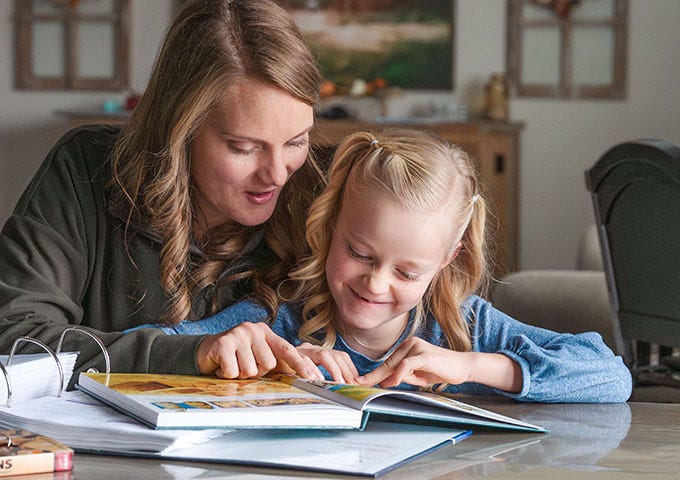
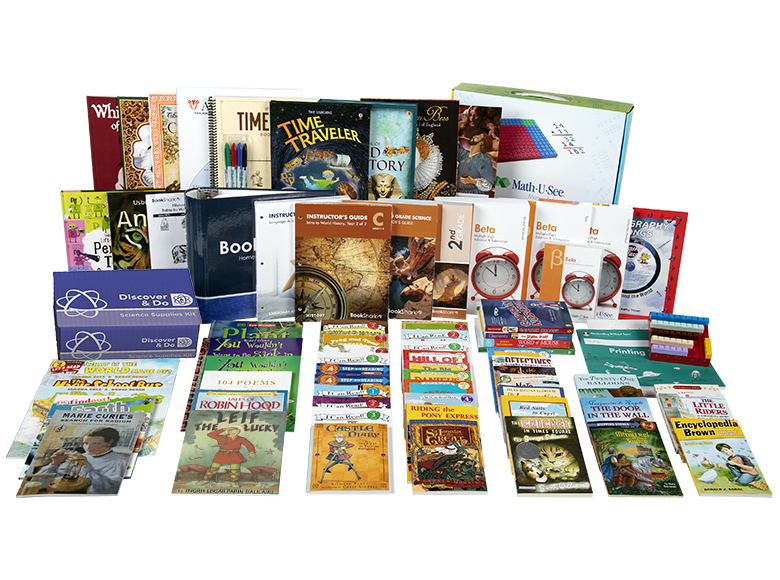
How Many Hours A Day Should A 2nd Grader Homeschool
When it comes to homeschooling your 2nd grader, one common question that often arises is about the number of hours needed for daily instruction. Unlike traditional school settings, homeschooling allows for flexibility in scheduling and learning pace.
On average, a 2nd grade homeschool curriculum may require around 2 to 4 hours of focused instruction per day. However, this can vary depending on your child’s learning style, attention span, and the curriculum being used. Shorter sessions with breaks in between can be more effective than long periods of continuous study.
It’s important to remember that quality trumps quantity when it comes to homeschooling. Tailoring the schedule to suit your child’s needs and interests can make learning more engaging and productive. Experiment with different routines until you find what works best for your little learner.
Incorporating hands-on activities, field trips, and interactive lessons can also enhance the educational experience without necessarily extending the formal instructional time. Remember, every child is unique, so don’t be afraid to adjust your approach as needed!
What Does A 2nd Grader Need To Know?
At the 2nd-grade level, children are expected to have a solid foundation in reading and writing. They should be able to read simple texts fluently and comprehend the main ideas. Writing skills progress from basic sentences to short paragraphs with proper punctuation.
In math, 2nd graders need to grasp concepts like addition, subtraction, multiplication tables up to 5, time-telling skills, and understanding of basic fractions. Hands-on activities can make learning math more engaging for young learners.
Science topics may include basic biology such as animal habitats and life cycles, earth science covering weather patterns and the water cycle, and physical science exploring concepts like force and motion. Encouraging curiosity through experiments is key at this age.
Social studies introduces children to communities around the world, historical events in their country’s past, map-reading skills, and cultural diversity awareness. It helps broaden their worldview beyond their immediate surroundings.
2nd Grade Science Curriculum Homeschool
Exploring science in 2nd grade homeschool curriculum can be both exciting and educational for young learners. Hands-on experiments, engaging projects, and interactive activities can make learning about the natural world fun and memorable.
Introducing basic concepts like life cycles, weather patterns, and the properties of matter can pique a child’s curiosity and foster a love for science early on. Incorporating outdoor exploration, nature walks, or even simple kitchen experiments can help practically solidify these concepts.
Utilizing age-appropriate resources such as colorful books, educational videos, and online simulations can enhance the learning experience further. Encouraging questions, observations, and critical thinking skills are crucial components of developing a strong foundation in science at this stage.
By tailoring the 2nd-grade science curriculum to your child’s interests and learning style, you can create an enriching environment that promotes scientific inquiry and discovery.
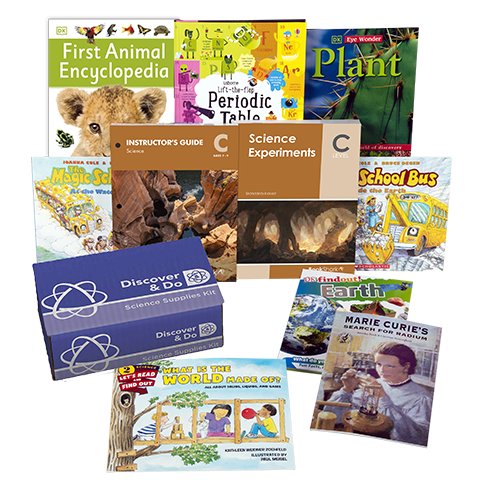
How Well Should A Child Read in 2nd Grade?
By 2nd grade, children should be able to read independently and fluently. They should have a good grasp of phonics, sight words, and comprehension skills. Reading at this age is not just about decoding words but also understanding the meaning behind them. It’s important for 2nd graders to be able to read various types of texts, from stories to informational books.
Parents can help improve their child’s reading skills by encouraging daily practice at home. Reading together, discussing the storylines, and asking questions about the text can enhance comprehension abilities. Additionally, exposing children to a variety of genres and topics can broaden their vocabulary and knowledge base.
It’s normal for children to progress at different rates when it comes to reading proficiency. Some may excel quickly while others may need more time and support. The key is providing a nurturing environment that fosters a love for reading and encourages continued growth in literacy skills.
Homeschooling a 2nd grader can be a rewarding experience for both the child and the parent. By following a well-structured 2nd grade homeschool curriculum that covers all necessary subjects like math, science, and language arts, you can ensure your child receives a quality education tailored to their needs. Remember to stay organized, flexible, and patient throughout the homeschooling journey – your dedication will make all the difference in your child’s academic success. Happy homeschooling!
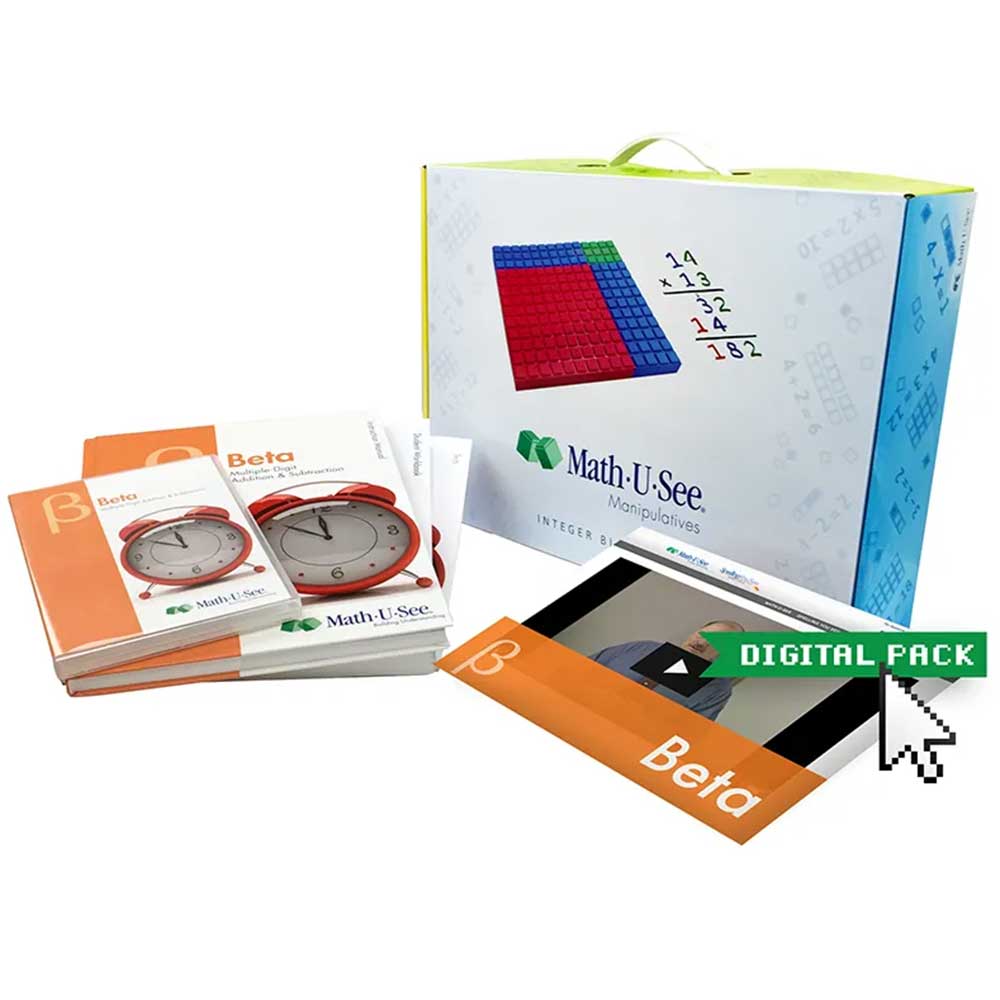
What Math Should A 2nd Grader Know?
Math skills are essential for 2nd graders to develop at this stage of their education. By the end of 2nd grade, most children should have a solid understanding of addition and subtraction up to three-digit numbers. They should be able to solve simple word problems involving these operations.
In terms of multiplication, students in 2nd grade typically begin learning the concept through basic memorization and repeated addition. Understanding time telling on an analog clock and recognizing different coins and their values is also crucial for this age group.
Furthermore, 2nd graders should start grasping concepts related to measurement such as length, weight, volume, and time units like seconds, minutes, hours. They may also delve into basic geometry by identifying shapes and understanding fractions like halves and quarters.
A well-rounded math curriculum for 2nd graders focuses on building a strong foundation in arithmetic while introducing them to various mathematical concepts that will continue to expand in the following grades.
What Are Homeschool Curriculums for 2nd Grade
Homeschool curriculums for 2nd grade are specifically designed to cover a wide range of subjects tailored to the developmental stage of children at this age. These curriculums typically include subjects such as math, language arts, science, social studies, and more.
They often come with detailed lesson plans, worksheets, activities, and assessments to help parents structure their child’s learning effectively. Many homeschool curriculums also incorporate hands-on activities and interactive resources to make learning engaging and fun for young learners.
Parents can choose from various approaches to homeschooling, including traditional curriculum-based programs or more flexible options like unit studies or online resources. Each curriculum is unique in its teaching methods and approach, allowing parents to select the one that aligns best with their child’s learning style and interests.
Homeschool curriculums for 2nd grade provide a comprehensive educational experience that can be personalized to suit each child’s individual needs and pace of learning.

How Do I Teach Kindergarten In My State?
Teaching kindergarten at home can be a rewarding experience for both you and your child. You can create a nurturing environment that fosters learning and creativity with the right kindergarten homeschool curriculum and approach. Remember to tailor your teaching methods to suit your child’s individual needs and interests, making learning fun and engaging along the way.
As you embark on this homeschooling journey, don’t forget to check the specific requirements for teaching kindergarten in your state. Each state has its own regulations regarding homeschooling, so it’s essential to familiarize yourself with these guidelines to ensure compliance.
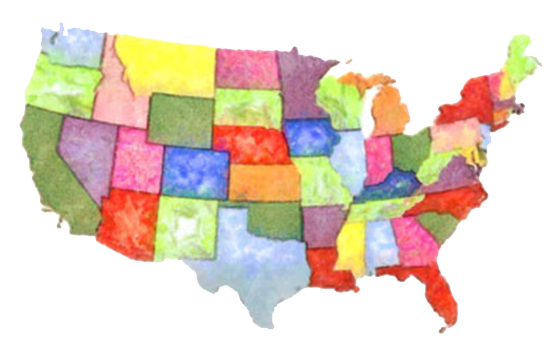
Frequently Asked Questions
What should 2nd graders know by the end of the year?
By the end of 2nd grade, students should have a solid foundation in several key areas. In reading, they should be able to read fluently with comprehension, understand the main idea and details of a story, and read age-appropriate books independently. In writing, they should be able to write complete sentences and short paragraphs, use proper punctuation and capitalization, and begin to write simple stories and reports. In mathematics, 2nd graders should understand basic addition and subtraction facts up to 20, work with place value up to hundreds, and solve simple word problems. They should also be familiar with basic concepts of time, money, measurement, and geometry. In science, students should have a basic understanding of the natural world, including plants, animals, weather, and simple physical concepts. Social studies knowledge should include understanding communities, basic map skills, and an introduction to history and cultures. Overall, 2nd graders should develop critical thinking, problem-solving, and cooperative learning skills, preparing them for more advanced concepts in the following grades.
Which curriculum is best for homeschooling?
The best curriculum for homeschooling varies depending on the individual needs and learning styles of the student, as well as the educational goals and preferences of the family. Popular and highly regarded homeschooling curricula include BookShark, known for its literature-based approach and comprehensive packages that integrate various subjects around high-quality books and hands-on activities. Sonlight is another literature-based curriculum that focuses on engaging stories to teach history, geography, and literature. Abeka offers a traditional, faith-based curriculum that emphasizes strong foundational skills in reading, writing, and arithmetic through structured lessons and workbooks. The Good and the Beautiful provides an academically rigorous and faith-based curriculum that integrates art, literature, and nature study into its lessons. K12 delivers an online curriculum with interactive lessons and virtual classrooms, appealing to families looking for a structured, school-like environment at home. Oak Meadow is known for its creative, holistic approach, incorporating arts and nature with academic subjects. Time4Learning offers flexibility and self-paced learning through its online curriculum, suitable for a variety of learning styles. Selecting the right curriculum involves considering the child’s interests, strengths, and weaknesses, as well as the family’s educational philosophy and lifestyle. Trying out samples or reviewing detailed descriptions and reviews can help in making an informed decision.
